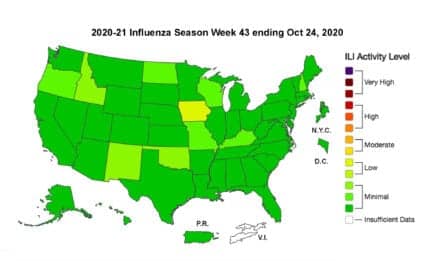Researchers trace the phylogenetic histories of the H7N9 influenza virus that has recently infected humans in China.
A new report published online on January 21, 2015 in the journal Cladistics sees H7 influenza not just as a steadily changing virus, but as regularly shuffling combinations of genetic segments, each of which has its own history of travel among hosts and geographic places.
A host can often be infected with more than one type of virus and, as viruses replicate in the host’s cells, the genetic segments of the progeny viruses can be shuffled into new combinations. In essence, the influenza viruses are made of set of generally interchangeable parts that periodically assemble a virus newly suited to evade hosts’ immune systems.









